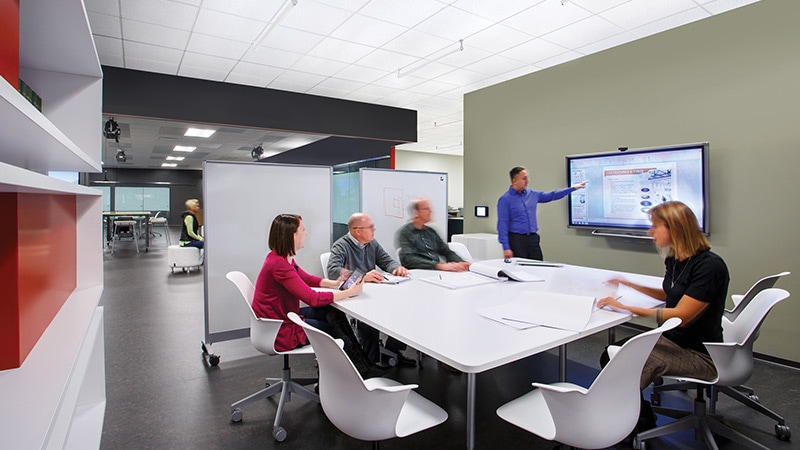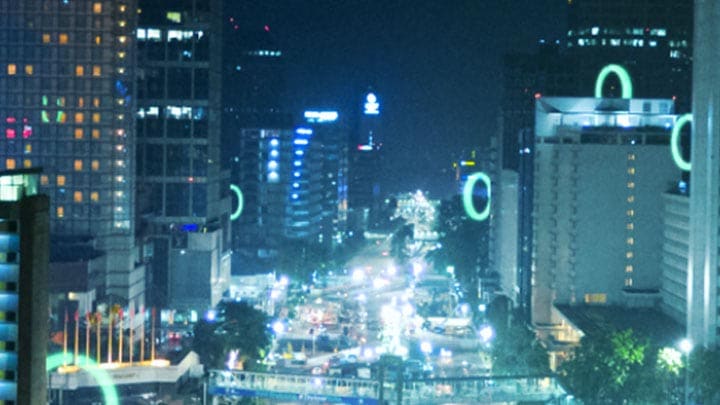September 04, 2019
Study finding show surprising ways connected lighting can reduce noise distribution in the workplace
Most office-dwellers are used to noise disturbances at work. Chatting colleagues, loud coffee machines and printers, even awkward silences – all are factors in what can be called ‘acoustic discomfort in the workplace.’ Findings from the 2017 survey, undertaken by Leesman and involving more than 250,000 respondents, revealed a strong need to improve acoustic comfort in the workplace. To better understand the challenges in achieving an acoustically comfortable workspace, Signify conducted a qualitative study. We spoke to 30 office workers, facility managers and HR managers about their needs and how our connected lighting systems (www.interact-lighting.com/global) could provide a solution.



Having the right spaces in place is one thing but ensuring that employees will be able to find them is equally important. Sometimes people will benefit from stepping out of their workspace/comfort zone to explore other available workspaces that may be more suitable for their (acoustic) needs.
Employee apps with indoor navigation enabled by our connected lighting systems can guide people to the most appropriate workspace for their activities and needs. Specific lighting can also help indicate the purpose of a workspace and help enhance the activity at the same time, with bright energizing light in focus areas and warmer dimmed light in hospitality areas.
For instance, when you need to finish a report, instead of booking a meeting room, the app can guide you to a silent area on a different floor where you can work undisturbed, with perfect lighting for focused work.


Signify (Euronext: LIGHT) is the world leader in lighting for professionals, consumers and the Internet of Things. Our Philips products, Interact systems and data-enabled services, deliver business value and transform life in homes, buildings and public spaces. In 2023, we had sales of EUR 6.7 billion, approximately 32,000 employees and a presence in over 70 countries. We unlock the extraordinary potential of light for brighter lives and a better world. We have been in the Dow Jones Sustainability World Index since our IPO for seven consecutive years and have achieved the EcoVadis Platinum rating for four consecutive years, placing Signify in the top one percent of companies assessed. News from Signify can be found in the Newsroom, on X, LinkedIn and Instagram. Information for investors is located on the Investor Relations page.


December 17, 2024
Transforming Dubai’s iconic buildings with connected lighting from Signify